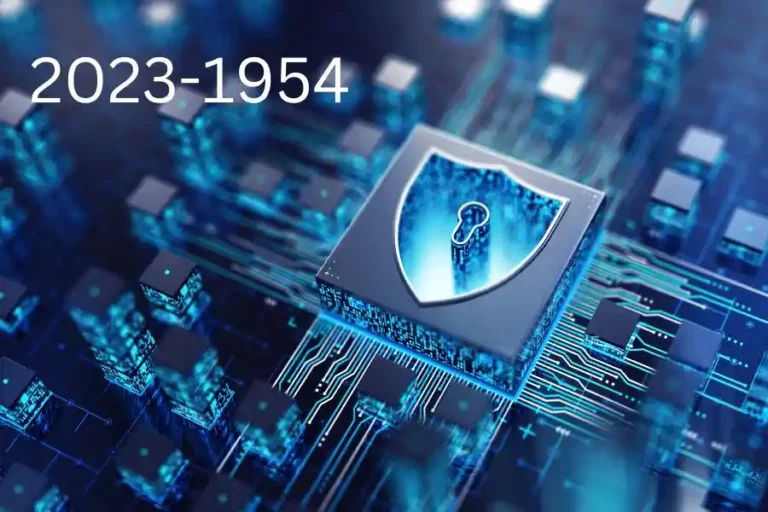The Transformative Landscape of Technology in 2024

The technological landscape of 2024 is marked by rapid advancements and novel trends that promise to reshape our world. From artificial intelligence to green energy, the year ahead is brimming with innovations that enhance our daily lives and address some of the most pressing global challenges. Here, we delve into the latest developments and trends in technology that are set to define 2024 and beyond.
Artificial Intelligence: The New Frontier
Generative AI and Large Language Models (LLMs)
Artificial intelligence continues to be at the forefront of technological innovation. One of the most significant advancements is in generative AI, where large language models (LLMs) like OpenAI’s GPT series have revolutionized how we interact with data. These models can generate human-like text, making them invaluable for applications ranging from customer service to creative writing. In 2024, the integration of LLMs into business operations is expected to become even more pervasive, transforming them into digital advisors that can handle complex queries and provide tailored insights.
AI in Cybersecurity
As cyber threats become increasingly sophisticated, AI enhances cybersecurity measures. AI-driven systems can analyze vast amounts of data to detect anomalies and potential threats in real time, making them indispensable for protecting sensitive information. In 2024, the focus will be on integrating AI more deeply into cybersecurity frameworks to automate threat detection and response, thus mitigating risks more effectively.
AI-Powered Wearables
The health tech sector is seeing a surge in AI-powered wearable devices. These gadgets monitor various health metrics such as heart rate, blood pressure, and glucose levels. AI analyzes the data and provides users with actionable health insights. This trend is driving a shift towards preventive healthcare, allowing for early detection of potential health issues and personalized health recommendations.
Green Energy Technologies
The push towards sustainable energy is stronger than ever, with significant advancements in green technologies. Innovations in photovoltaic cells, wind turbines, and bioenergy are making renewable energy sources more efficient and cost-effective. These technologies are crucial for reducing our global carbon footprint and meeting sustainability goals. For instance, new designs in solar panels and wind turbines can operate under lower light and wind conditions, respectively, which enhances their usability and efficiency.
Extended Reality (XR)
Extended Reality (XR), which includes Virtual Reality (VR), Augmented Reality (AR), and Mixed Reality (MR), is revolutionizing training and educational experiences. Industries such as healthcare, aviation, and manufacturing leverage XR to provide immersive, hands-on training simulations. These technologies improve learning outcomes and reduce the costs associated with traditional training methods by creating risk-free environments for skill development.
Quantum Computing and Cryptography
Quantum computing is another area where significant strides are being made. In 2024, we expect to see further developments in post-quantum cryptography (PQC), which aims to protect data against the potential threats posed by quantum computers. PQC solutions are being integrated into existing systems, ensuring that our data remains secure in a future where quantum computing becomes mainstream. Additionally, research into quantum networking is progressing, potentially revolutionizing how quantum computers communicate and collaborate.
Neural Technologies and Smart Gadgets
Neural technologies are making their way into consumer electronics, offering unprecedented control and interaction capabilities. Neural headphones, which can interpret brain signals to control devices, exemplify this trend. These headphones are designed to provide a noninvasive alternative to brain implants, allowing users to interact with their devices through thoughts and subtle movements.
Sustainable Tech and Digital Twins
Sustainable technology focuses on developing eco-friendly solutions and minimizing the environmental impact of tech products throughout their lifecycle. This includes using recyclable materials, energy-efficient designs, and technologies that reduce electronic waste. Digital twins, virtual replicas of physical devices, are extensively used in various industries to simulate and optimize operations, further contributing to sustainability by reducing the need for physical prototypes and tests.
Conclusion
The technological advancements of 2024 are characterized by their potential to drastically improve efficiency, security, and sustainability across various sectors. The future looks promising and transformative, from integrating AI in everyday devices to advancing green technologies and quantum computing. As these technologies continue to evolve, they will enhance our capabilities and address some of the critical challenges facing our world today. You can also know about Sports And Games by going through that link.
FAQs
What is generative AI, and how is it used?
Generative AI refers to AI systems that can create new content, such as text, images, or music, by learning from existing data. It is used in various applications, including content creation, customer service, and data analysis.
How does AI improve cybersecurity?
AI enhances cybersecurity by automating the detection and response to threats. It can analyze large datasets to identify unusual patterns and potential threats in real time, allowing for quicker and more effective mitigation of cyber risks.
What are some examples of green energy technologies?
Examples include advanced photovoltaic cells for solar energy, efficient wind turbines, and bioenergy from non-food biomass. These technologies aim to make renewable energy sources more accessible and efficient.
What is the significance of extended reality (XR) in training?
XR technologies, such as VR, AR, and MR, provide immersive training experiences that can replicate real-life scenarios without the associated risks. This makes training more effective and cost-efficient in fields like healthcare and manufacturing.
What advancements are being made in quantum computing?
Key advancements include the development of post-quantum cryptography (PQC) to secure data against quantum threats and research into quantum networking, enabling quantum computers to communicate and collaborate more effectively.
How are neural technologies being integrated into consumer devices?
Neural technologies, like neural headphones, allow users to control devices through brain signals and muscle movements. These noninvasive technologies offer new ways to interact with electronics, enhancing user experience and accessibility.





